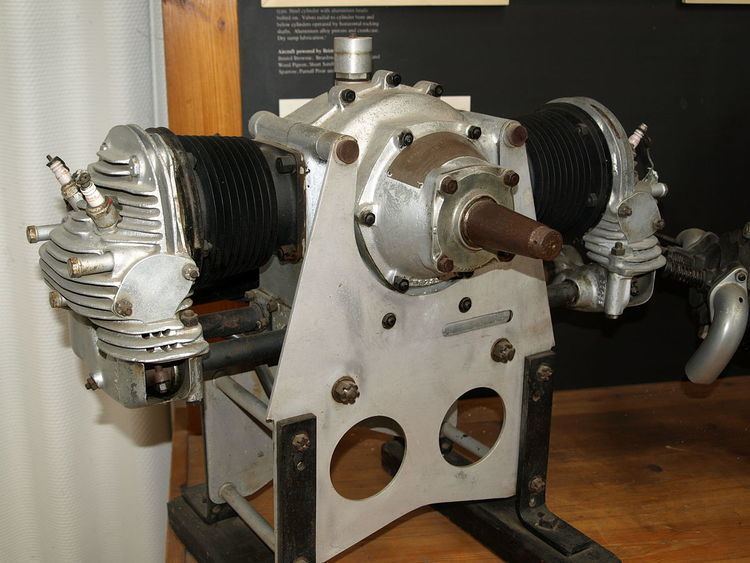 | ||
The Bristol Cherub is a British two-cylinder, air-cooled, aircraft engine designed and built by the Bristol Aeroplane Company. Introduced in 1923 it was a popular engine for ultralight and small aircraft in the 1930s.
Contents
Variants
Survivors
An airworthy Messerschmitt M17 replica is owned and operated by the EADS Heritage Flight at Manching and is powered by an original Bristol Cherub III.
Engines on display
A preserved Bristol Cherub is on static display at the Shuttleworth Collection, Old Warden, Bedfordshire.
Specifications (Cherub III)
Data from Lumsden.
General characteristics
Components
Performance
References
Bristol Cherub Wikipedia(Text) CC BY-SA
